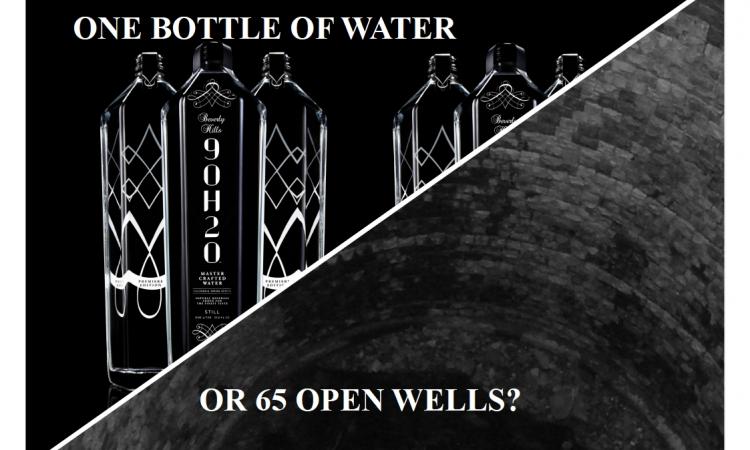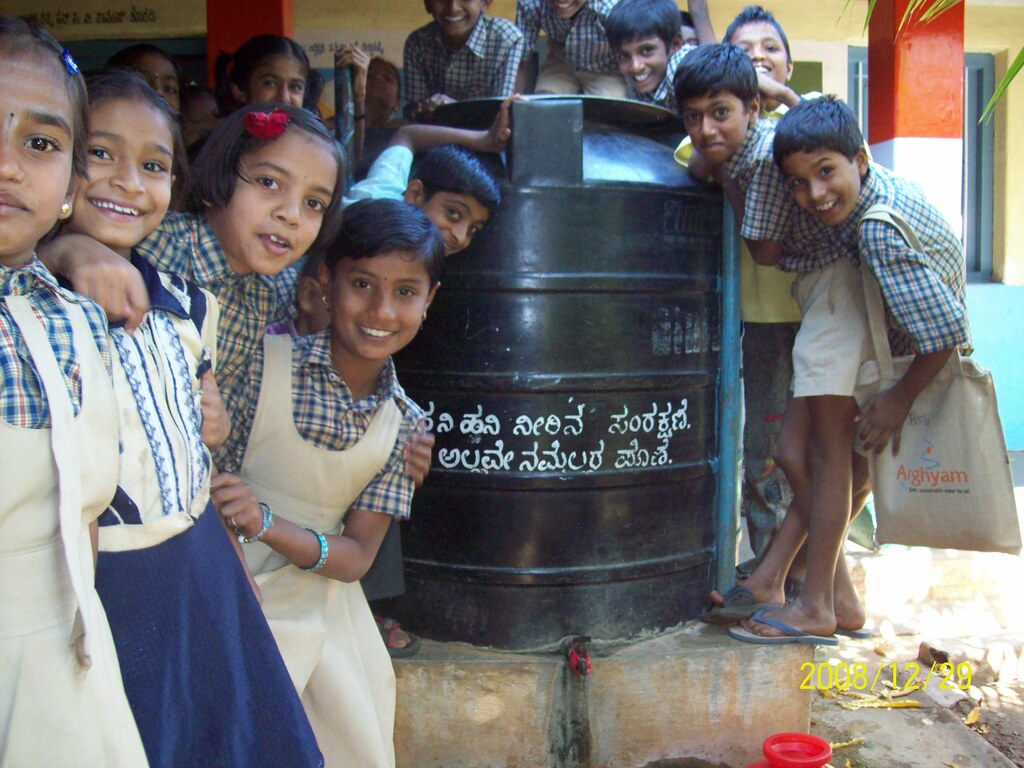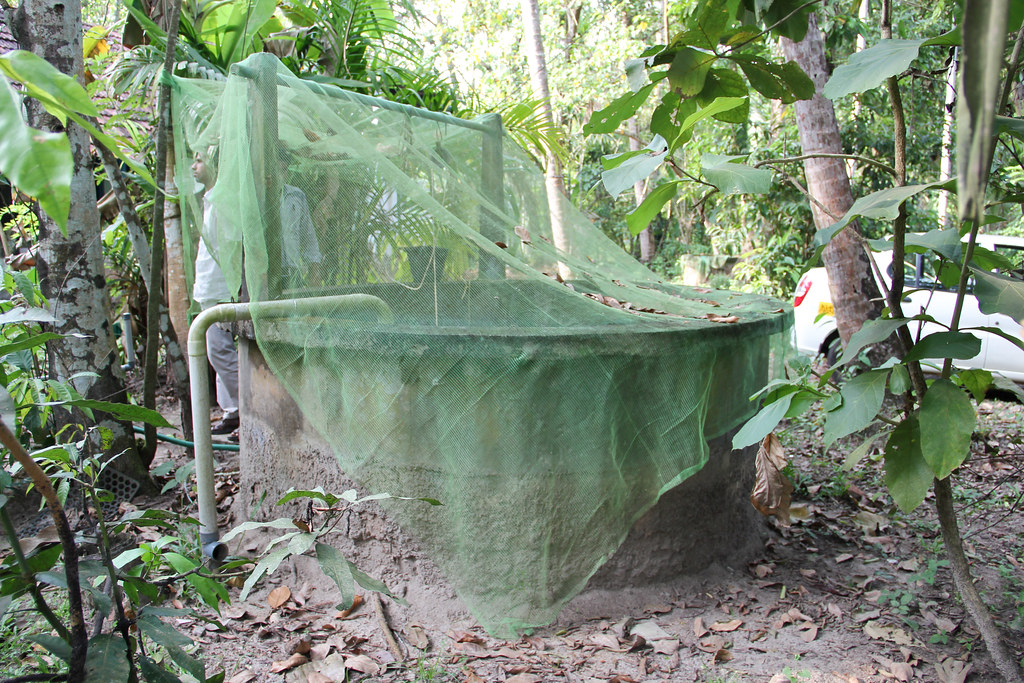
I grew up in the Konkan, drinking water from a well that was filled by rainwater, filtered through the area's laterite aquifers and “fortified” by the leaves shed by the jackfruit tree above it. And then I moved to Pune, where I came across a cloudy, salty, heavy liquid that passed for water. The first time I returned home for the term break, I took a long draught and told my mother, “I have just not been able to quench my thirst in Pune.”
So I understand the varying tastes of water. I long for a glass of water from that well, laden with memories of an idyllic childhood. But I would still object to paying Rs 65 lakh for even that amount of time travel.
Apparently, some people would not mind forking out that cash for a litre of water. At least, Beverly Water would like you to think so.
The company, a purveyor of fine waters, is set to launch in India next year. Most mineral water brands sell water tapped from natural springs; the more famed the springs, the fancier the water. Evian and Fiji water are examples. Beverly Water prides itself on crafting water. Here, water from springs in California are tapped and a mix of minerals is added to it to produce a specific taste and mouthfeel and is branded as Beverly 9OH2O. This, says Martin Riese, a water sommelier and creator of Beverly Water, is what he considers to be “perfect” water and it complements food and wine.
To be fair, Rs 65 lakh is not just for a litre of water in a flimsy plastic bottle. The whole package includes personal delivery of water by Riese in a high-quality glass bottle with a diamond cap and free refills for a year.
However, if you prefer even more splash for your buck, I made a quick calculation to know what else Rs 65 lakh can get you in modern India:
1,625 cancer-free households: Seven states in eastern India have a staggering amount of arsenic in their groundwater that can cause skin lesions and cancer. Professor Shrishendu De of IIT Kharagpur has developed a low-cost arsenic filter that can treat 100 litres of water a day for four years. It costs Rs 4,000.
1000 water storage tanks: During the catastrophic floods in Bihar this year, a rapid needs appraisal found that the impact of floods was worsened by the fact that 90 percent of the villages surveyed had no means of safely storing water. This forced them to return to increasingly inaccessible hand pumps or access contaminated floodwater. A simple PVC water tank, that can easily be transported and set up, costs about Rs 5-6 per litre of capacity. Rs 6,000 will buy a fine tank of 1000 litres capacity--enough to satisfy the drinking and cooking needs of 100 people for 10 days.
541 hectares of water-sufficient land: Watershed development is a process by which a bouquet of small and large interventions such as contour trenching and check dams are built with the full participation of villagers. Afforestation and water-saving irrigation mechanisms are introduced to make the most of this saved water. The interventions also reduce soil erosion and increase biodiversity. All these cost about Rs 12,000 per hectare.
65 open wells: Wells allow humans to access groundwater, become a community meeting point, and if properly planned, they also recharge aquifers. Biome estimates that construction of an open well in Bangalore costs between Rs 20,000 to Rs 1,00,000. In my hometown of Sawantwadi in Maharashtra, building a well costs around Rs 1,00,000.
52 school rainwater harvesting systems: Think about it. Fifty-two schools self-sufficient in water, less drain on municipal systems, less urban flooding, and several thousand children aware of rainwater harvesting and its impact. Implementing such a system at Shri Ram school in Delhi costs them Rs 1.25 lakhs and it harvests 1,890 cubic metres of rainfall.
Still interested in trying Beverly 9OH2O? I understand it is tempting. But if it is the water you are interested in, and not the diamond encrusted bottle (what do you do with it anyway?), Beverly Water also sells the same water in plastic bottles at Rs 100 for 500 ml. An entire case of two dozen bottles will set you back by Rs 12,000. The money you save can go towards one of the options listed above.
Not sure how to go about building a well or delivering water tanks to remote villages? These organisations have got you covered. And donations to them are tax-exempt.
WaterAid: They work with communities in need of water across India (and the world) to ensure safe water and sanitation. Donate here. You can choose between a monthly donation or a one-time grant.
Wildlife Trust of India: One of the few organisations working for animals during disasters. Do donate here.
GiveIndia: This is a fundraising platform that facilitates donations to several credible organisations working across sectors. You can donate to environmental causes here or explore across causes here.
Sea Shepherd: Why neglect 70 percent of the globe? Sea Shepherd does excellent work on the high seas protecting marine life. Donate here.
/articles/what-it-means-be-water-rich